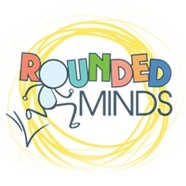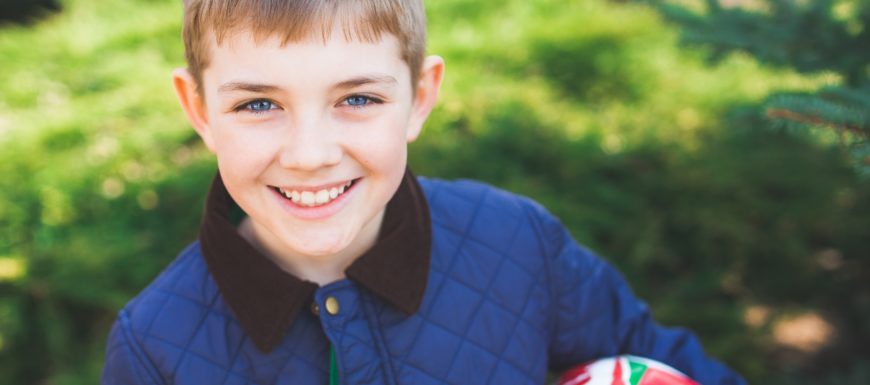Children’s brains are like sponges, they absorb almost everything around, including verbal expressions. This is an advantage while the kid is learning a second language. Is important for the kid to become familiar with new terms, it will make it easier to learn and use them in their daily life. Just like Colin Barker indicates on his pamphlet: Parents’ and teachers’ guide to bilingualism, “language among young children is caught rather than taught”.
The second language learning doesn’t have to be exclusively for kids, parents can also participate on the learning process by talking to children in spanish. Parents can have a nice conversation with kids about what did they learn that day. Also, in order to discover the new terms that can be used at home, parents can ask their children what new words they heard on classes.
After finding out the new words, a couple of them can be added to the normal conversations at home. For example, if the kid learned that “plate” means “plato” (the shallow food dish) the word can now be part of the dialect used at home. So, after dinner, mom or dad can ask to the kid: “Please, pass me the plato”, when referring to the dish the kid just used.
The constant practice of spanish words will help children, and parents, to relate some words with terms. Eventually, both of them will think in a plate when someone says “plato” and won’t have to translate the word into their heads.

